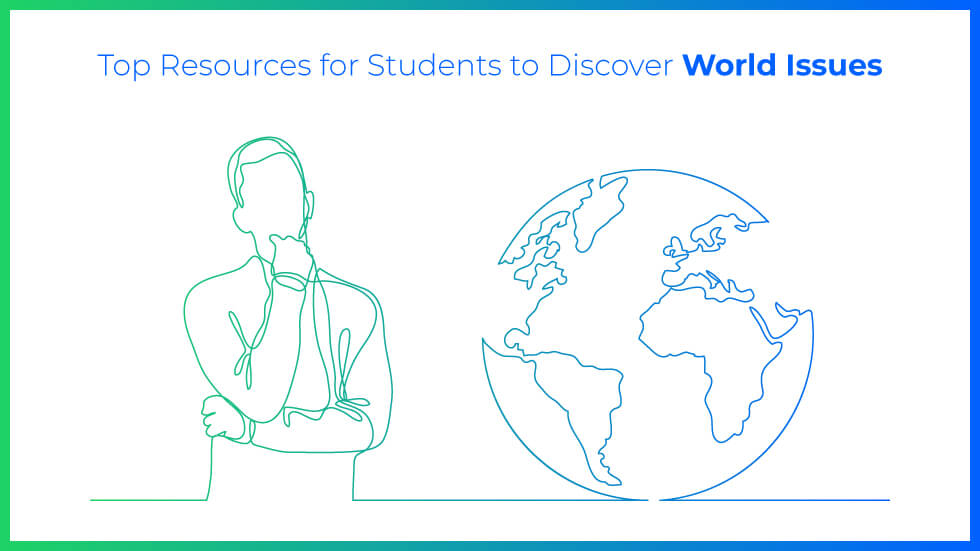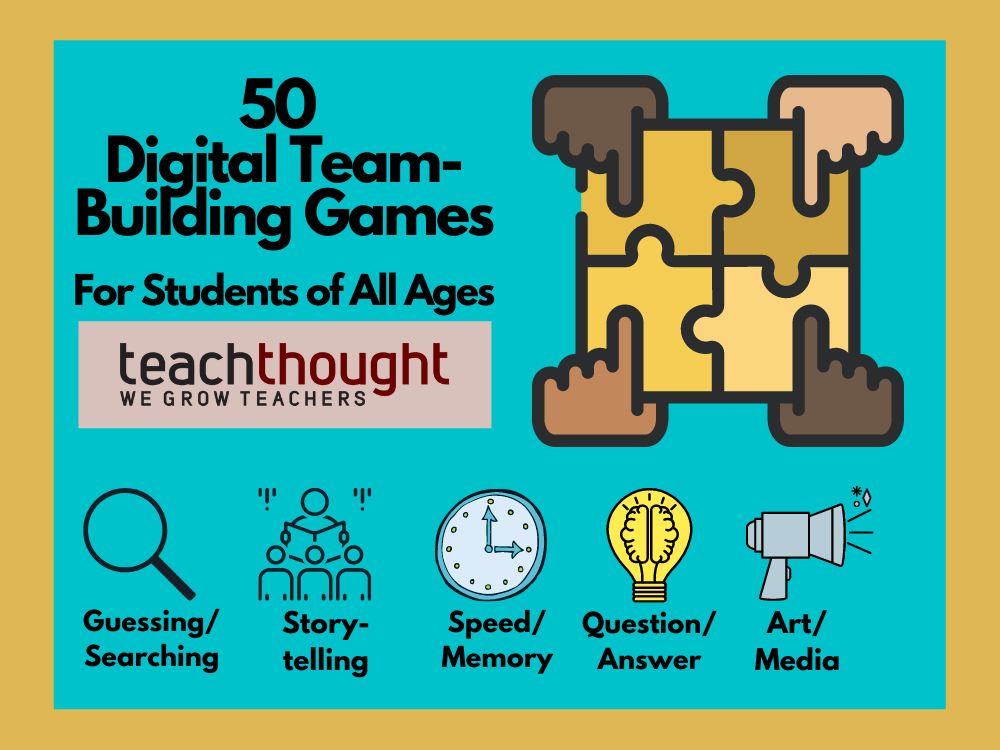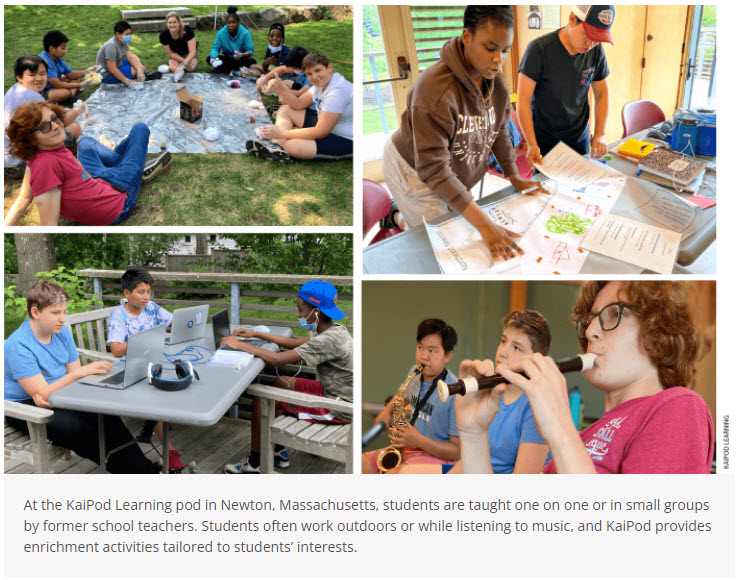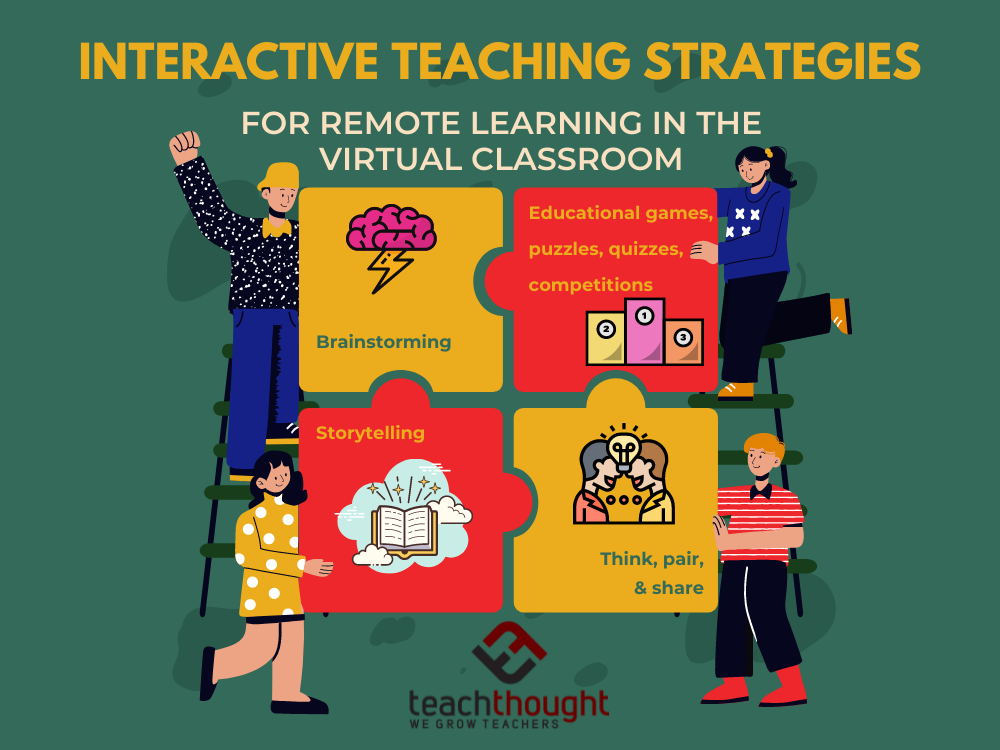What motivates students to learn? — from edte.ch by Tom Barrett
In this article, we explore the key factors that influence and predict student academic motivation.
Excerpt:
Here are the top three ranked, according to this meta-analysis, from l’Université Laval, Monash University and Curtin University.
1 — Competence (I can do this!)
2 — Autonomy (I get to choose)
3 — Belonging (I am not alone)
From DSC:
I’m once again reminded of the following graphic:

Tom’s posting also reminds me of the power of storytelling, as Tom makes a solid point:
A notable missing piece of the student motivation paper is the role of emotion in learning. When I search the document for reference to ‘emotion’, the only returns I get are from citations and other works.
Along these lines, see/listen to:
- Antonio Sacre on the Power of Storytelling in Education — from spencerauthor.com by John Spencer















